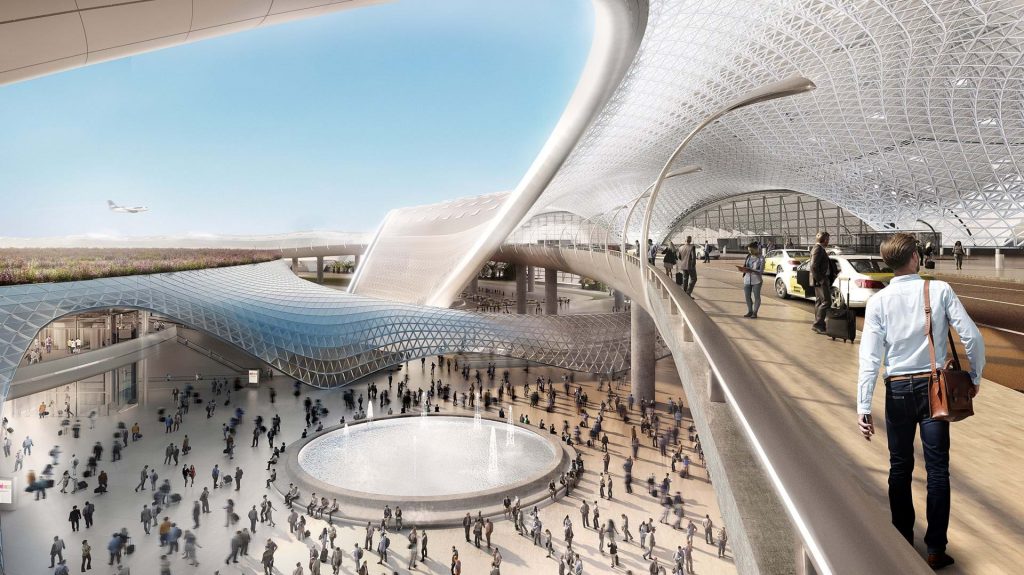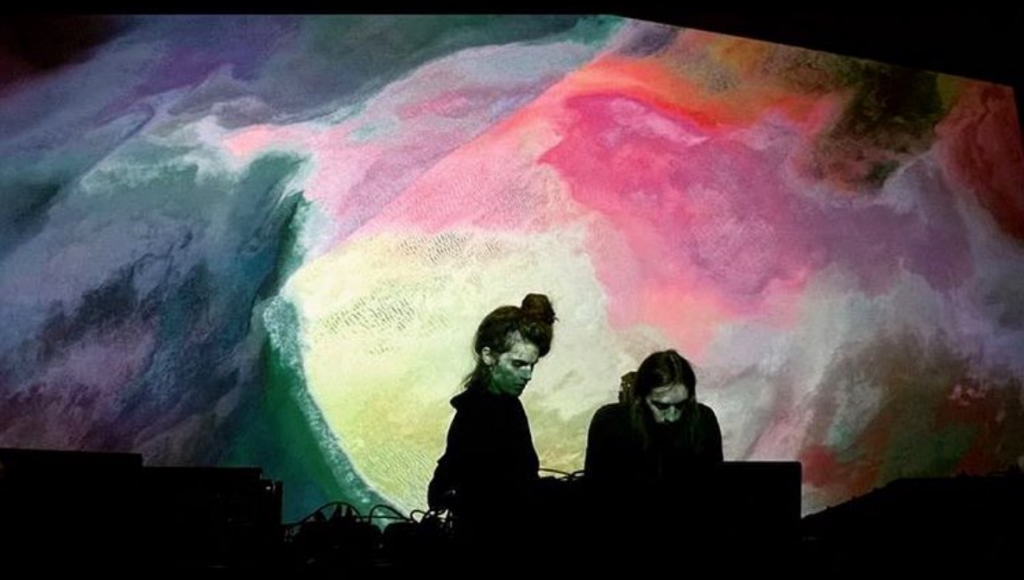I wanted to create an dynamic drawing that was minimal and focused more the on the composition and geometries of the basic shapes. Stopping your mouse anywhere on the canvas will produce a new composition, color and relation between all the parts. Also it’s really satisfying to just roll your mouse around on the canvas!
//Sean B. Leo
//Section C
//sleo@andrew.cmu.edu
//Project-03
function setup() {
createCanvas(600, 480);
strokeWeight(4);
}
function draw() {
background(0);
noFill();
//scale mouse X value from 0-175
var a = map(mouseX, 0, width, 0, 175);
//scale mouse Y value from 0-175
var b = map(mouseY, 0, height, 0, 175);
//print(a);
//contrary motion
var inX = width - mouseX;
var inY = height - mouseY;
//rectangle transformations
stroke(a, 0, 100);//scales R value
rect(inX, inY, inX, inY);
//circle transformations
stroke(100, a, b);//scales G B values
ellipse(width/2, height/2, a, b);
//triangle transformations
stroke(0, a, 100);//scales G values
triangle(width/2, mouseX / 2, mouseY / 2, mouseY / 2, mouseX, mouseY);
}![[OLD FALL 2019] 15-104 • Introduction to Computing for Creative Practice](../../../../wp-content/uploads/2020/08/stop-banner.png)








